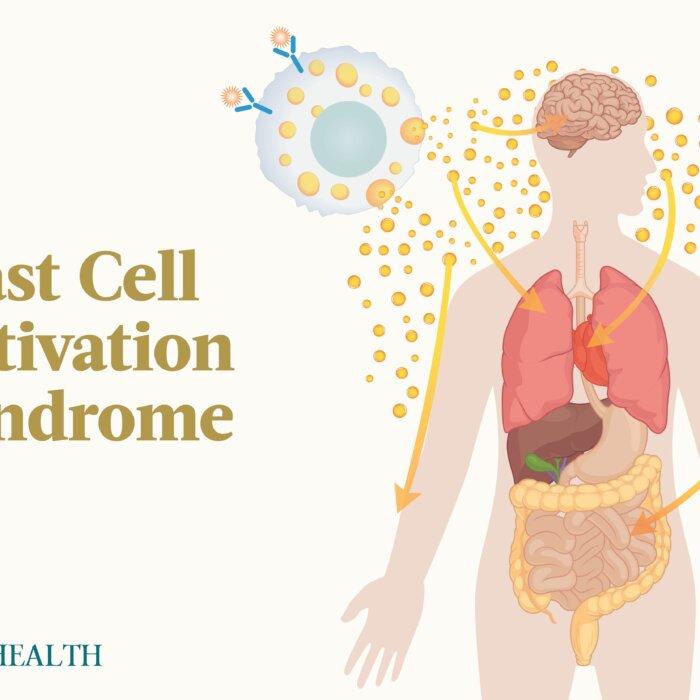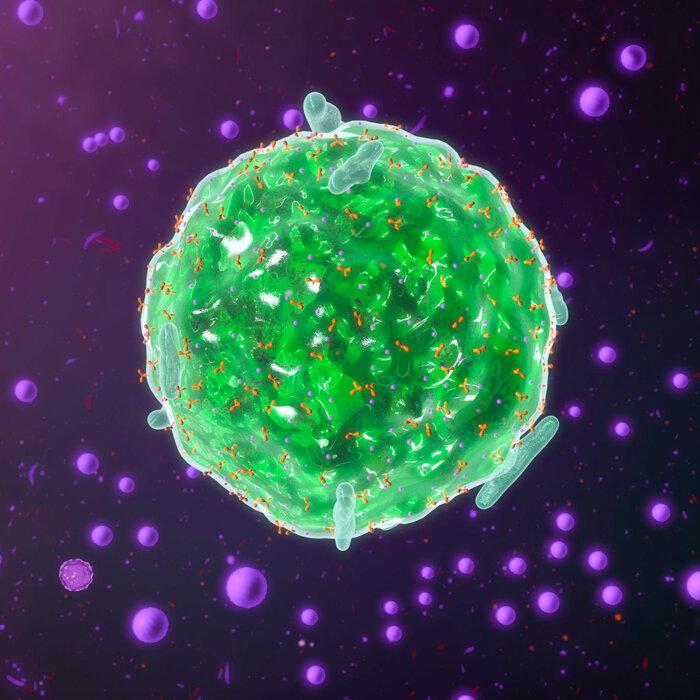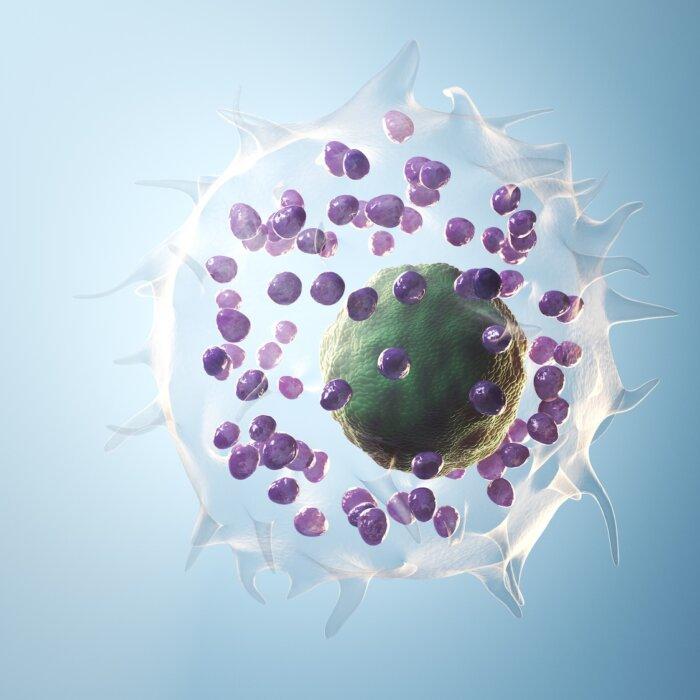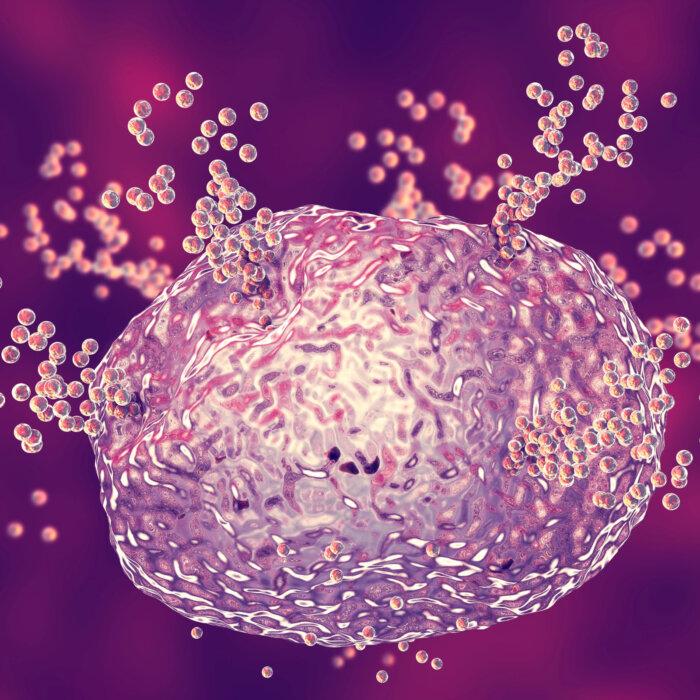Have you been experiencing disparate, unpredictable symptoms? Do you feel like every time you resolve one symptom, another one replaces it? Mast cell activation syndrome (MCAS) could be driving these debilitating and enigmatic symptoms.
The path leading to an actual diagnosis can be fraught with frustration. Some doctors tell patients that their symptoms are “all in their heads.” After a variety of bloodwork panels, physicians report that everything looks “normal” and send the patient away more confused than before.
This medical gaslighting can leave the afflicted feeling alone with their despair increasing each time a physician suggests their symptoms aren’t real. Unheard and marginalized, these patients suffer as their overall health and quality of life falls.
Cases of various mast cell disorders and mass cell activation syndrome are on the rise—possibly due to the abundance of environmental toxins, molds, inflammatory foods, and stress that we are exposed to.
What Are Mast Cells?
Mast cells are a type of white blood cell that play various important roles in the immune system. Mast cells are produced in the bone marrow and found in many tissues, including the eyes, skin, lungs, brain, blood vessels, and gastrointestinal tract.Mast cells guard your body. Their chief role is to protect you against invaders, aid in wound healing and injury recovery, and mediate the blood-brain barrier.
When you have a cut that is fighting infection, mast cells leap into action to create inflammation so that bacteria won’t enter the bloodstream. Similarly, if you come into contact with a virus, mast cells work to safeguard you from the sickness.
Mast cells are well known for their role in allergic and anaphylactic reactions. Research shows that mast cells also play an important role in activating the immune system, the development of autoimmune conditions, and inflammation.
What Is MCAS?
In MCAS, mast cells degranulate, or release inflammatory mediators too frequently and in excessive quantities.When mast cells are figuring out what is going on in your body, they use mast cell receptors, which respond to the molecules around them. Mast cells have more than 200 varieties of receptors, allowing them to sense what is happening inside and outside the body. They detect what you eat and touch, as well as your hormone levels, neurotransmitters, stress levels, and more.
Mast cells are constantly being triggered by what their receptors find and release mast cell mediators in response. Mast cells store more than 1,000 mediators in small pocket granules. Releasing these mediators is done in a process referred to as degranulation. Some of these mediators include histamine, prostaglandins, leukotrienes, and various enzymes that break up substances known as proteolytic enzymes and cytokines, such as Interleukins 6, 18, and 13.
These mediators work diligently to keep the immune system robust. However, because we are constantly encountering a wide array of toxins—such as chemicals, mold, air pollutants, and microplastics—mast cells are not able to take time to stabilize, recover, and prepare for the next “battle.” This leads to dysregulated mast cells that become overly sensitive, causing the mediators to be released at extremely high levels or at the wrong time.
When mast cells constantly pump out mediators (even when they aren’t necessary), it leads to inflammation and undesirable symptoms.
Because mast cells are in nearly every bodily tissue, MCAS symptoms can manifest in a wide variety of symptoms.
Also, tumor necrosis factor (a multifunctional cytokine) and vascular endothelial growth factor (a signaling protein) may be secreted by mast cells. The release of these mediators is usually triggered by stress or an environmental factor. MCAS is associated with anaphylaxis, allergies, gastrointestinal distress, skin issues, neurological problems, chronic inflammation, immune challenges, and more.
Conditions and Symptoms
A wide array of symptoms associated with mast cell activation syndrome can have a profound, debilitating impact on daily life. Multiple organ systems are often involved, including the pulmonary, dermatologic, gastrointestinal, cardiovascular, musculoskeletal, and the nervous system. Dysregulated mast cells can secrete hundreds of inflammatory chemicals that can spur a myriad of symptoms.- Allergies
- Fatigue
- Malaise
- Inflammation
- Cardiovascular symptoms such as low blood pressure, rapid pulse, and irregular heart rate
- Digestive concerns such as bloating, constipation, diarrhea, cramping, reflux, and IBS
- Nervous system problems including brain fog, headaches, anxiety, depression, insomnia, and vertigo
- Respiratory issues including difficulty breathing, shortness of breath, congestion, throat swelling, and dizziness
- Skin conditions such as hives, itching, swelling, flushing, and rashes
MCAS Triggers
Various environmental factors can cause the mast cells to become overactive. Some common triggers include:- Food: high histamine foods, food sensitivities
- Pollen
- Insect bites
- Alcohol
- Medications: antibiotics, ibuprofen, and opiates
- Mold and mycotoxins
- Heavy metal exposure
- Stress
- Infections: viral, fungal, bacterial, and parasitic
- Gut dysbiosis
- Smells: perfumes, fragrances, and chemicals
- Hormonal shifts: menstrual cycle and emotional stress
- Exercise
- Temperature changes (hot or cold extremes)
- Trauma
One of the most frustrating things about MCAS is how differently it manifests in each person. Finding a doctor who will support you in not giving up until the root cause of your symptoms is identified is imperative to your recovery and ultimate healing. There is hope for healing, and we hope to help you on your health journey as we explore MCAS deeper in future posts.








